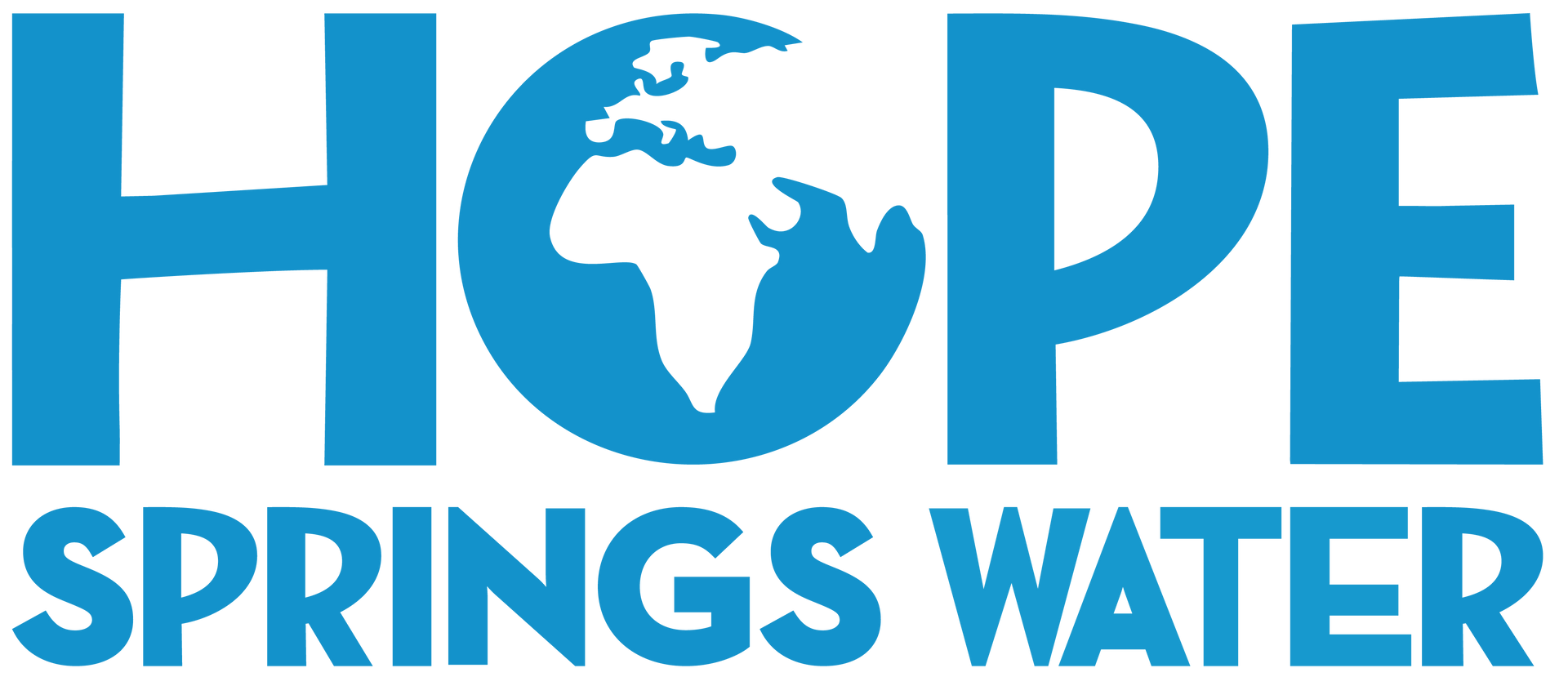
Menstrual Hygiene Management Program
Donate
It costs $15 to make a kit, $15 to send a kit, and $5 to give a kit. With your support, we can continue to provide girls with the resources and knowledge they need to manage their menses safely and with dignity.
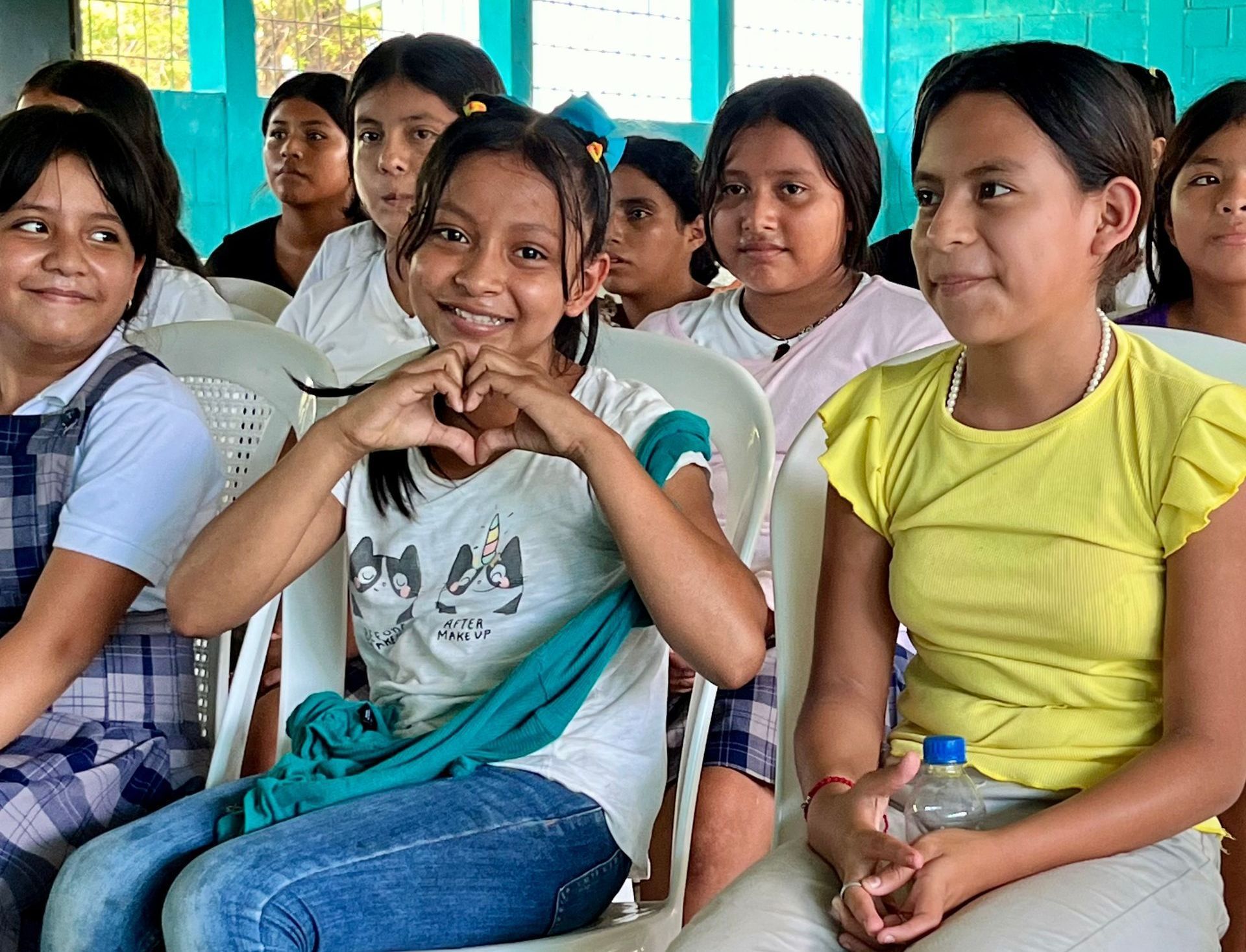
The Need
Over 600 million women and girls don’t have access to safe and affordable menstrual hygiene products.
Millions of girls around the world have no knowledge of menstruation before their first period. 1 in 3 children don’t have access to basic hygiene services.
Women and girls living in period poverty lack access to safe and hygienic menstrual products, basic sanitation services or facilities, and menstrual hygiene education. Period poverty has a devastating impact on their health, wellbeing, and education.
Health & Wellbeing
Without the resources, facilities, and education necessary for hygienic menstrual management, women and girls face a threat to their health every month. In some areas, cultural taboos and stigmas create a culture of shame and misinformation around menstruation and prevent crucial conversations.
A lack of menstrual hygiene education promotes unhealthy practices that encourage the spread of infections and prevent women and girls from seeking medical care for menstrual disorders. Infections spread through poor menstrual hygiene can lead to infertility, cervical cancer, and birth complications if left untreated.
Education
Without the facilities and materials needed to manage their menstruation with dignity, millions of girls find their periods become a barrier between them and their education. In the developing world, disposable menstrual materials are too expensive for many girls. But rags, toilet paper, and other non-purpose materials do not give them the security to be in school without the risk of an embarrassing red stain. Without reliable menstrual materials, some girls will choose to stay home and fall behind in their education rather than face discrimination and teasing in school.
Our Approach
Our Hope for Girls Menstrual Hygiene Management (MHM) program meets the hygiene and education needs of young girls as they begin menstruation. We partner with school directors in our areas of operation to provide reusable MHM kits and culturally and age-appropriate menstrual hygiene education to school girls. We combine our other water, sanitation, and hygiene projects with this program to holistically address poor menstrual hygiene and improve health outcomes for girls in the developing world.
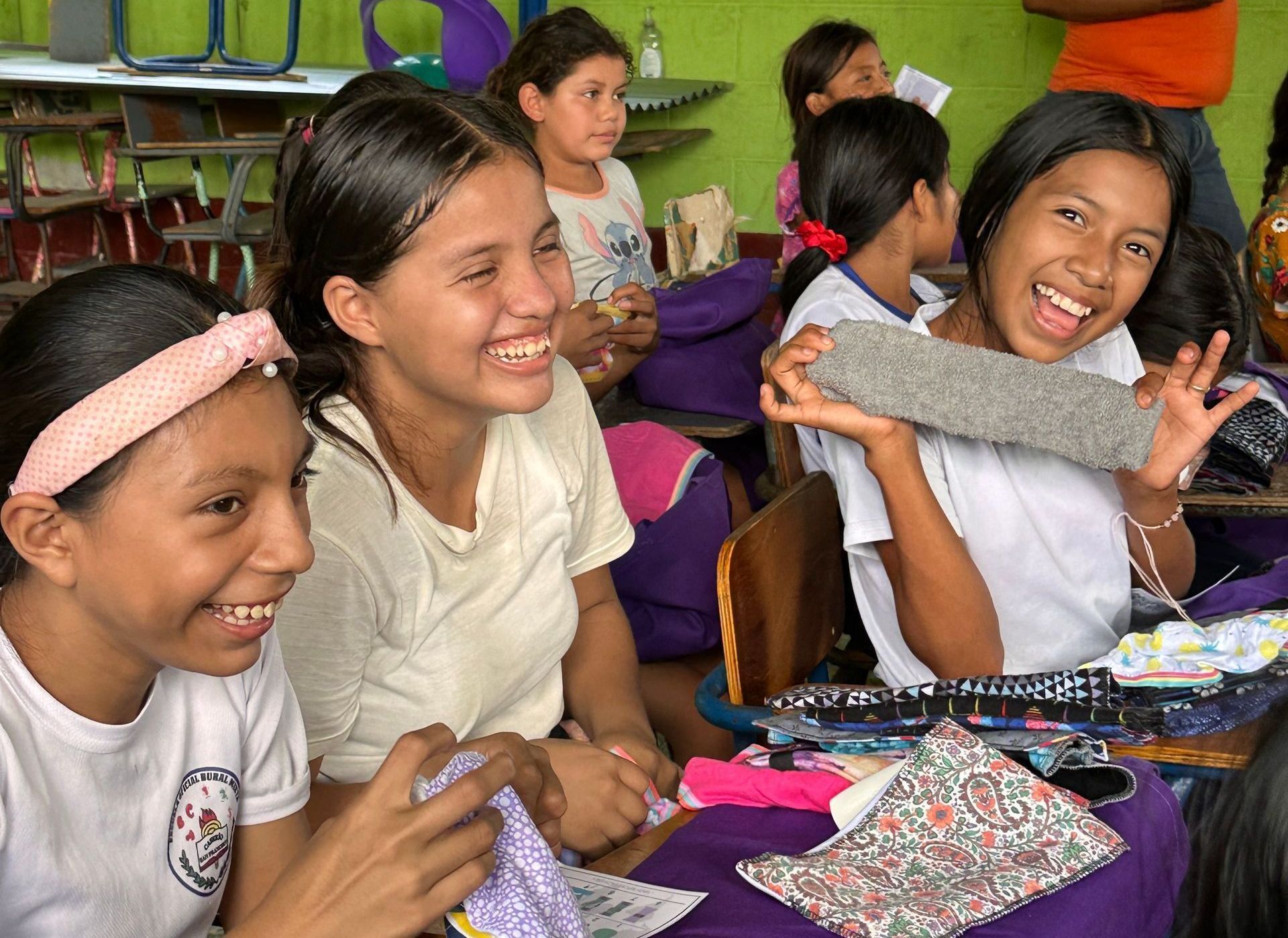
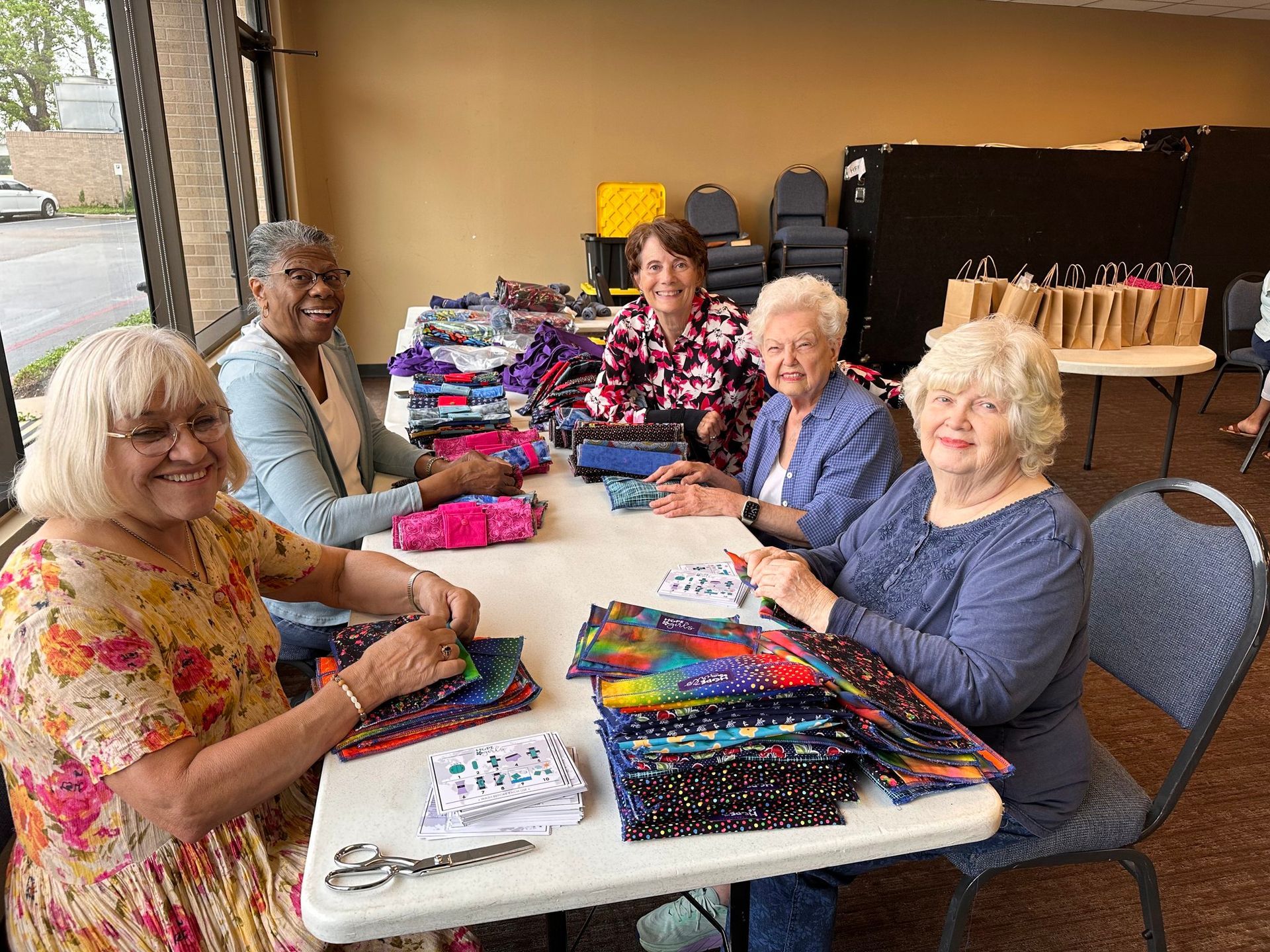
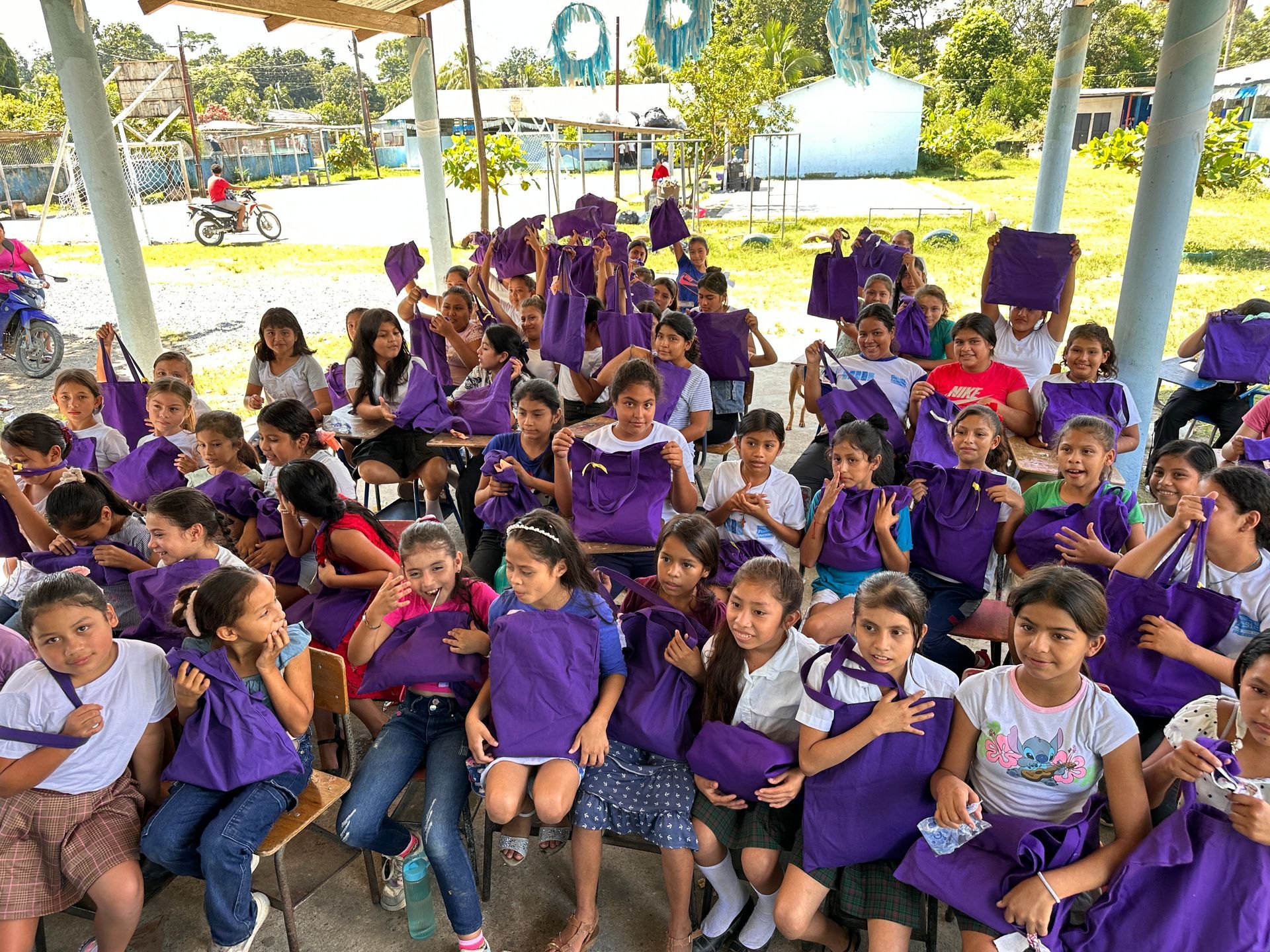
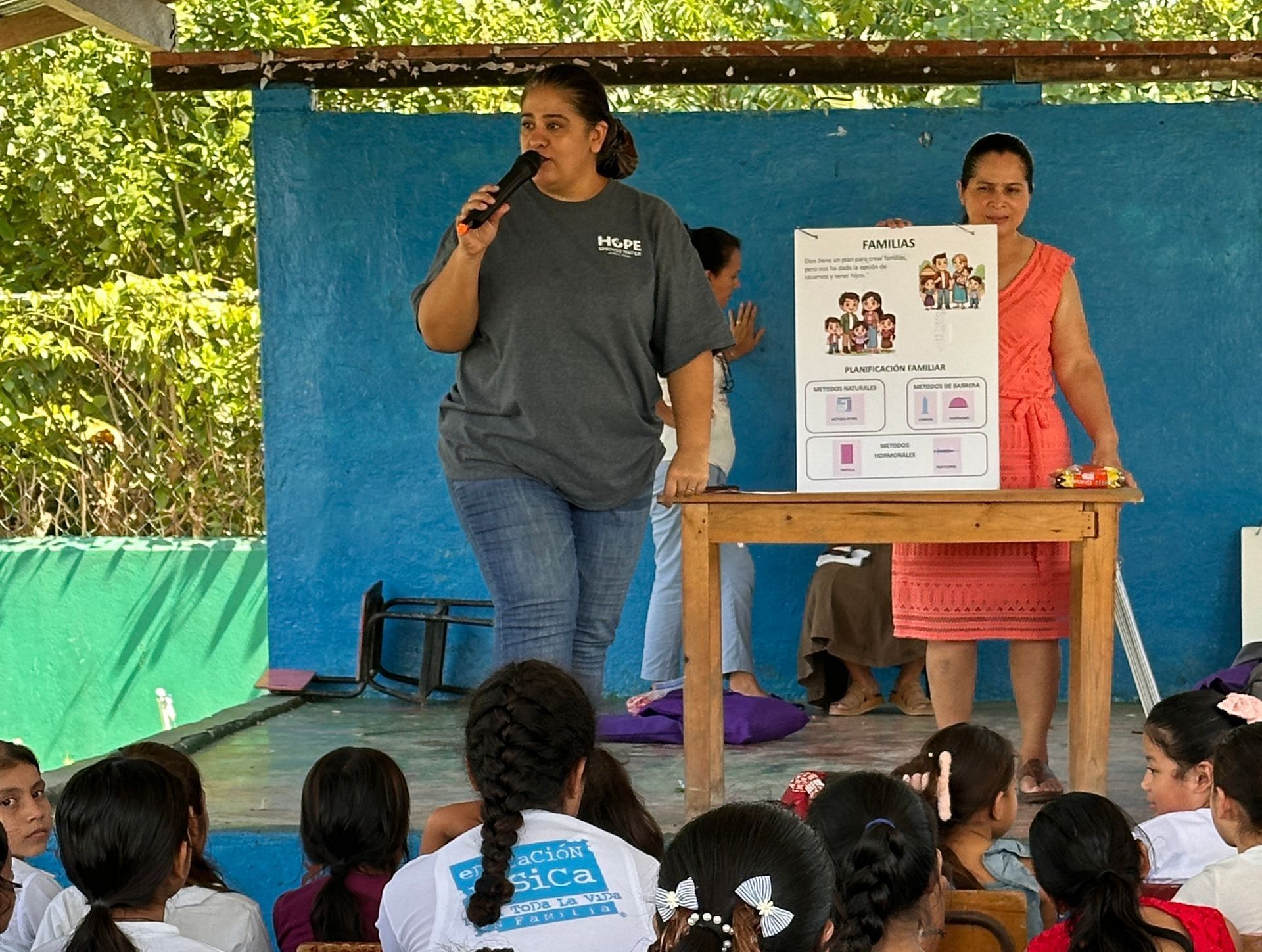
How it Works
Sewing Teams
We worked closely with regional contacts, other nonprofits, and medical personnel to design a reusable MHM kit that can last a girl two to three years. We partner with 11 amazing volunteer sewing teams across the United States that sew and produce these MHM kits.
Distribution
We work with school directors in our areas of operation to distribute the MHM kits to girls for free. Each kit contains two feminine hygiene shields, several liner pads, a lined transport bag to carry the kit to and from school, a washcloth, a bar of soap, and a cycle chart.
Education
Our culturally and age-appropriate educational program prepares and empowers young girls to safely manage their periods. We work with teachers to create a safe and supportive environment where girls can ask questions that might typically be considered taboo.
